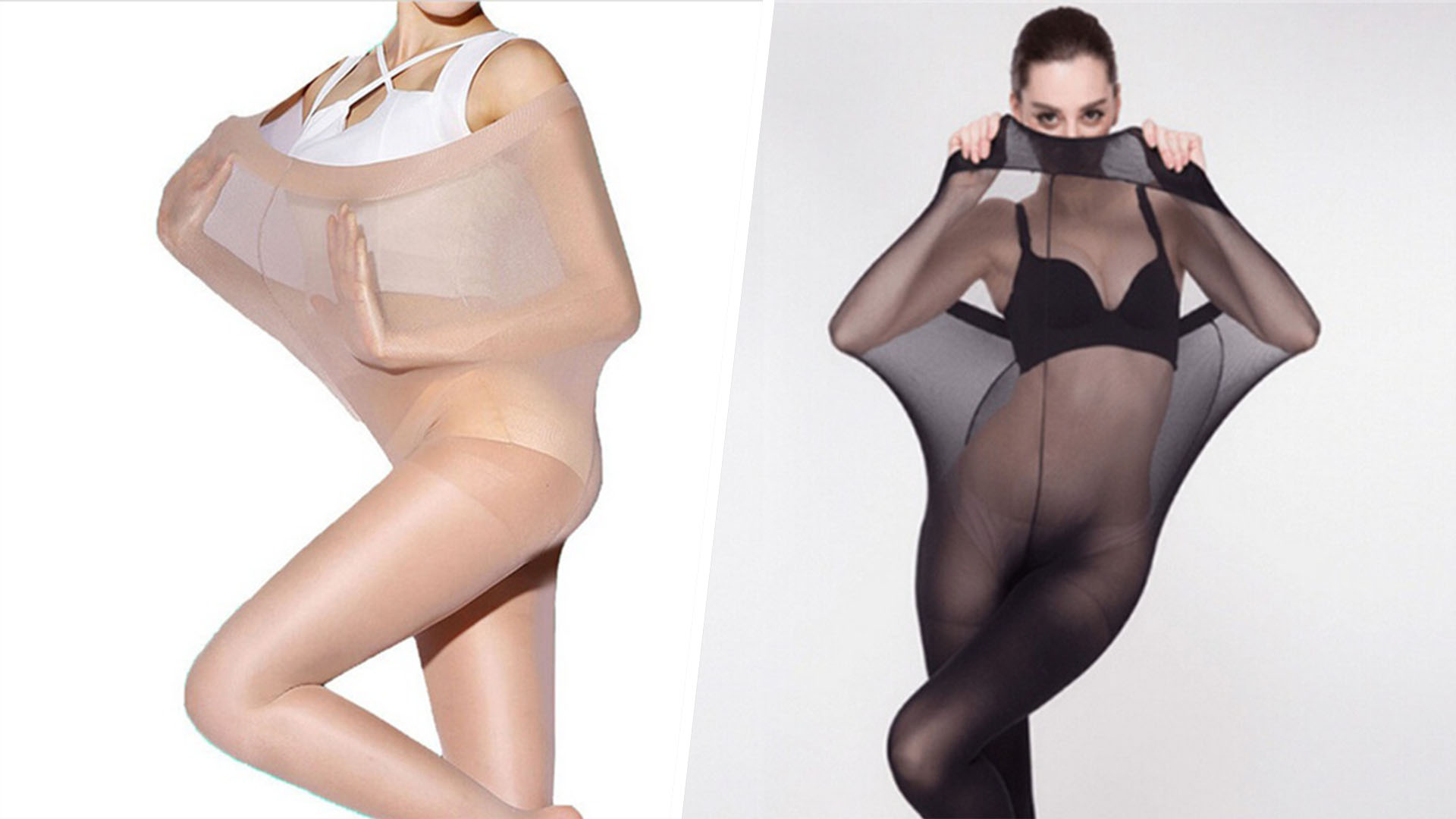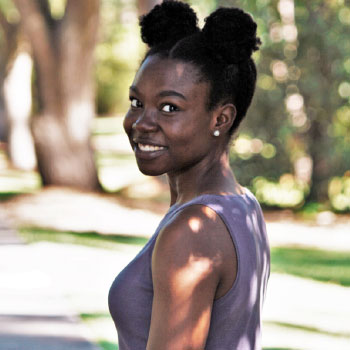The Twitter-verse took to arms after the e-commerce website and app, Wish.com, published an insensitive and tasteless advertisement for plus-sized tights. The ad features a clearly non-plus-sized model standing in the tights and stretching them out, making the form fitting tights appear as an elastic Snuggie.
The ad, along with sparking a conversation about diversity and representation in fashion, completely disregards one key rule of advertising female undergarments: make the woman feel sexy.
Most underwear ads, when done the right way, feature woman in skin-colored tights that showcase her feminine curves, leaving her smiling in a way that says, “I’m sexy and I know it.” It’s a simple idea, but Wish has exhibited that, even an idea as simple as making a woman feel sexy, is too difficult to execute, and the only real way to advertise to women is to present them with a completely unrealistic image.
In this particular ad, the tights, which look more like a stretchy fun house for skinny women rather than comfortable undergarments for plus-sized women, don’t give women an image that would make them feel sexy or as if they are accurately represented.
There are several areas of improvement with the way companies advertise their merchandise toward women, and, as a consumer, the ways in which companies attempt to attract the female public leave me both scratching my head and wanting to rip advertisements to shreds between my teeth. Here’s the thing, clothing companies: Not every woman wearing your products has their ideal body.
Granted, it’s not the fault of the models for being beautiful, they work for the bodies they have, so they get them; if you don’t, well, you won’t. However, a problem arises when consumers feel unattractive before even purchasing the product, and even a sexy pair of red lace panties won’t do anything for the fragile feminine self-esteem.
Women, in general, expect the product to make them feel beautiful or they won’t buy it, so, Wish, take notes: If you’re going to advertise to women, advertise to their confidence, not their bodies. As a matter of fact, all companies should note that, when advertising products, it’s not about how you look; it’s about how you feel. For the majority of women who don’t have their ideal bodies, can’t visit the gym regularly and are still shredding the Freshmen 15, make them feel as if they are a size “perfect” and not the size of two petite models.
Another big key when advertising to women is representation, which has been the cry of women for decades. Women need accurate and real representations of themselves in not only fashion, but in media and television.
They need muffin tops, curves and Shae Moisture-indorsed natural hair; they need to see themselves being represented in their clothing, perfumes, makeup and other areas, and it’s the job of fashion advertisements to do just that. While the fashion industry increases its diversity in representing plus size women, the realization that these changes only happened within the past four years leaves me questioning, “what took so long?”
Beginning in 2013, fashion designer Eden Miller was the first to feature a plus size line at fashion week. Three years later, designer Christian Siriano featured five plus size models in his show at New York Fashion Week. Siriano, the same designer who dressed Ghost Buster’s star, Leslie Jones, on the red carpet when no other designer would, designed his own his own line for Lane Byrant with sizes ranging from 14 to 28, a size range including the average size for the American woman, challenging the typical size zero to four figures dominating the runaway and the fashion industry.
Just this year, Ashely Graham, the first plus-size model featured on the Sports Illustrated cover, became the first plus-size model to walk in a Michael Kors show. Combined with Dove’s Real Beauty Campaign and American Eagle’s Aerie Real Campaign, there has undoubtedly been an awakening in how women of all shapes and sizes are represented in fashion, but with less than one percent of the average woman being represented in big fashion, there are obviously still more changes to be made, and Wish’s advertisements brings this conversation back to life.
Society has come so far in terms of representing women in the media and the presence of women of color and curvy women only continues to grow, heck, there’s even a mixed-race woman on the arm of an English Prince. Although, public backlash against Megan Markel means there is still quite a bit to address in terms of society’s acceptance and reaction to women of color, a conversation that, without a doubt, will be had sooner rather than later.
Wish, however, apparently missed the last four years of inclusion in fashion and has turned to a more thoughtless and unrealistic approach when advertising to and representing women, with the only thing being represented in their ad is the idea that at least two skinny models can fit into one plus size model, and what woman wants that image or realization gnawing at her self-esteem when she’s wearing her finest pair of black tights? Spoiler alert, the answer is none.
So the advertisement and the slowly developing inclusion of plus size women in high fashion, leaves ladies wondering where they stand on the scale of beauty. Are you the one watching two women fit into just one of your clothing items, or are you finding it hard to literally walk a line that is twenty-five inches wide?
I think what women want now is for companies to get it right, understand skinny isn’t the status quo and stop forcing their customers to believe it is. To the women standing in line at Chick-Fil-A instead of pretending to lift weights at the gym, take on your Freshmen 15 with pride and challenge yourself to not feel a pound less than beautiful.
To women everywhere, use your voice to call out fashion companies bent on portraying beauty a singular way because, even with all the growth that is taking place in fashion, there are several more changes waiting to be made.

















